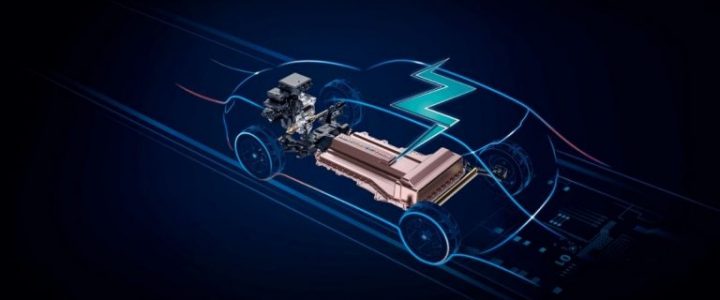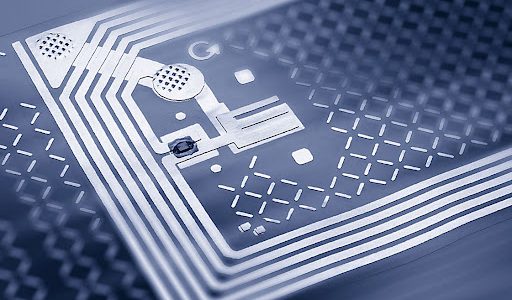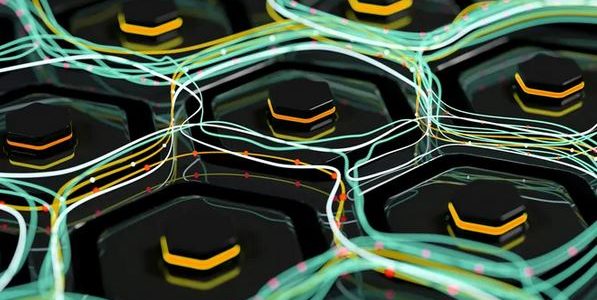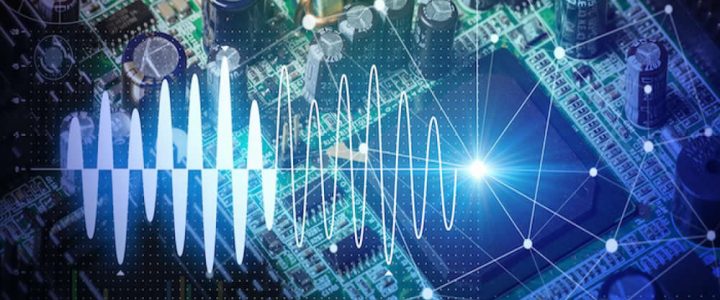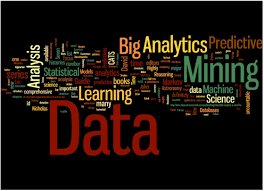| 1 YEAR | II semester | 6 CFU |
| (from Mechanical) | |
| Lorenzo BARTOLUCCI (3cfu) Matteo BALDELLI (3cfu) |
A.Y. 2024-25 |
| Code: 80300136 SSD: ING-IND/08 |
- Prerequisites: No prior kknowledge is required, although notions about energy systems and an understanding of error and data analysis can facilitate the student. All the knowledge necessary to pass he exam will be provided during the course.
- OBJECTIVES: The goal of the course is to provide students with both a detailed and holistic view of the energy landscape for sustainable mobility and its impact on the overall energy system. The course aims to bridge the production of key energy carriers (electricity, hydrogen, biofuels, etc.) with their use in mobility, addressing issues of integration and optimization. To this end, students will expand their understanding of the fundamental physics behind these technologies, combining theoretical/modeling aspects with experimental approaches through laboratory activities. Lastly, particular attention will be given to the presentation and critical analysis of data obtained both experimentally and through numerical modeling.
 UNIVERSITA' DEGLI STUDI ROMA "TOR VERGATA"
UNIVERSITA' DEGLI STUDI ROMA "TOR VERGATA"